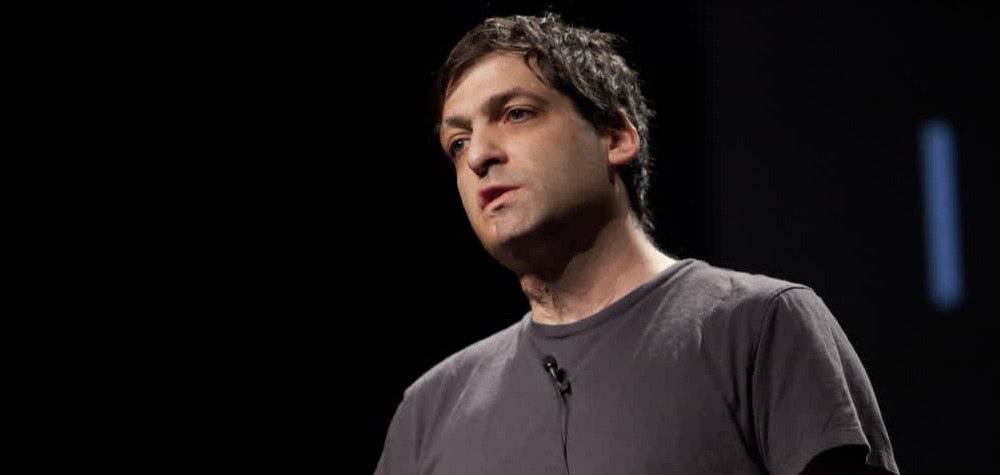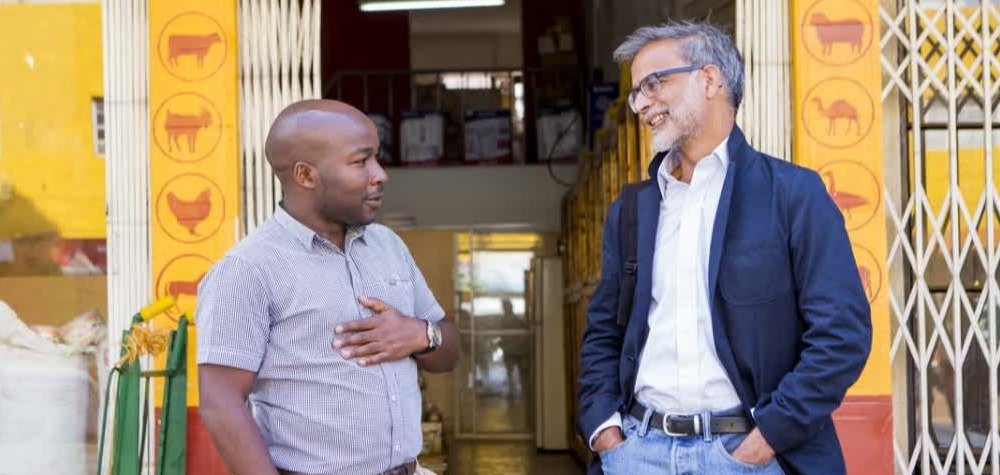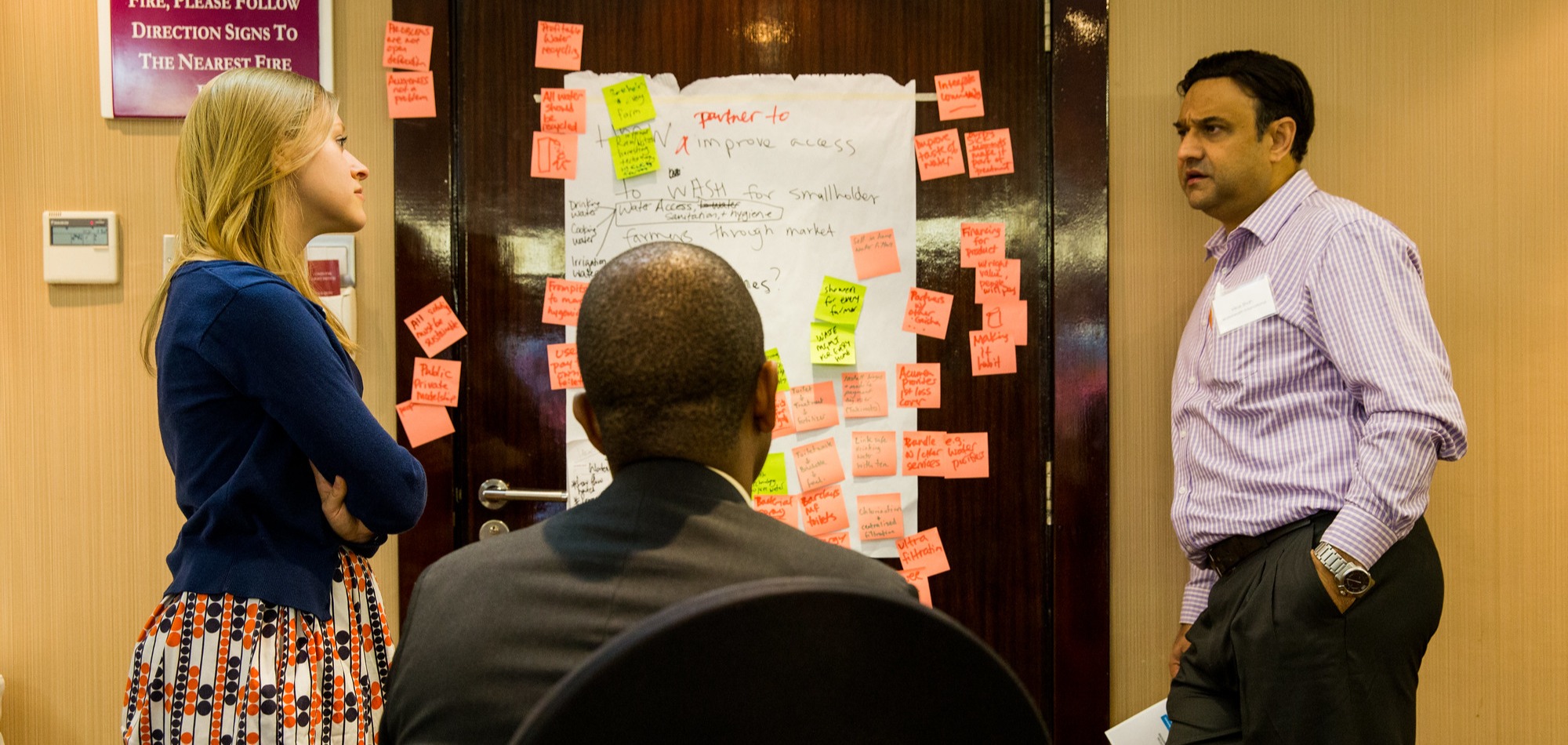Master Innovation
A behavioral economist breaks down the pain of paying
Pitfalls of the “pay-as-you-go” model
April 10, 2017
Elias is a 46-year old smallholder farmer in Uganda with eight children. Seventy percent of his income goes towards his children’s education. Cash is always tight. If you were a social entrepreneur trying to sell Elias a solar home system that could improve his quality of life, how could you convince him to invest in this product that represents a significant cash outlay?
Logically, one solution that’s become very popular is “pay-as-you-go” business models. This is where customers are loaned an asset like a solar panel and then make small micro-payments each month to gradually pay off the cost so they can own it.
In theory, this sounds like a win-win situation. Companies like M-KOPA (a former Acumen investee) and Angaza have sprung up to create the infrastructure needed to support pay-as-you-go models, and many families have successfully used these payment systems to access the electricity or agriculture products they need. Yet, there may be some psychological discord associated with pay-as-you-go models that entrepreneurs should take into account.
Dan Ariely behavioral economist at Duke University, writes frequently about a psychological phenomenon called “the pain of paying.” Basically, this phenomenon boils down to three things:
- Every time we part with our money, it inflicts psychological “pain.”
- This “pain” happens no matter how big or small the amount of money you are paying.
- This “pain” is increased if you pay in cash (instead of credit card or an automatic payment)
Think about it. If you go on a cruise and pay for all expenses upfront, you would be more likely to just sit back and enjoy the drinks, massages, special events, and meals. But if you had to pay for each item individually, your vacation would lose a lot of its joy because you would feel the “pain of paying” with every transaction.
In effect, the same thing is happening to low-income customers when companies use pay-as-you-go business models. Every time they have to walk to the corner store to make a payment on their solar home system, they feel the psychological pain of parting with their money, even if it just a small amount.
So what are better alternatives?
Dan’s research suggests two paths forward which leverage insights from customer psychology:
1. Develop a payment structure that aligns with the cash flow of your customers. Ask customers to pay in larger increments one or two times per year (instead of every month for instance), but ask for these payments at the times when they are likely to have a surplus of cash on hand. Bottom-of-the-pyramid customers have fluid cash cycles, meaning that they have more on hand after harvest season, or less when they owe a school payment. If you can design payment cycles to align with your customer's cash flow, they are more likely to make one big investment, instead of feeling the pain of paying every month and associating your product with nasty bills.
2. Use mobile payments or automatic deductions to reduce the pain of paying: Dan’s research suggests that the more abstract the money, the less pain you experience. This means that paying in credit cards “hurts” less than paying in cold, hard cash. The same would be true with mobile payments. If customers are paying with mobile money, the pain of paying would be diminished. Additionally, if the money is deducted automatically and they won’t have to consciously think about making the payment, the pain would also be decreased.
The bottom line is that there is more to pricing than getting the numbers right.
Subtle psychological factors influence our decision-making, perceptions of affordability, and customer experience. Customers—including those living in poverty—want to feel good about what they buy. Sometimes a small tweak to the pricing structure can go a long way to making the whole experience more satisfying and even delightful.
We believe in experimentation, but we also believe in utilizing already proven concepts to save time and energy for our entrepreneurs. That’s why we’ve partnered with Dan Ariely to bring you a Master Class on applying behavioral economics to social entrepreneurship. Built on years of research and experiments, Dan’s work can help us all gain some insights into our irrational ways, and how we can better influence human behavior.



